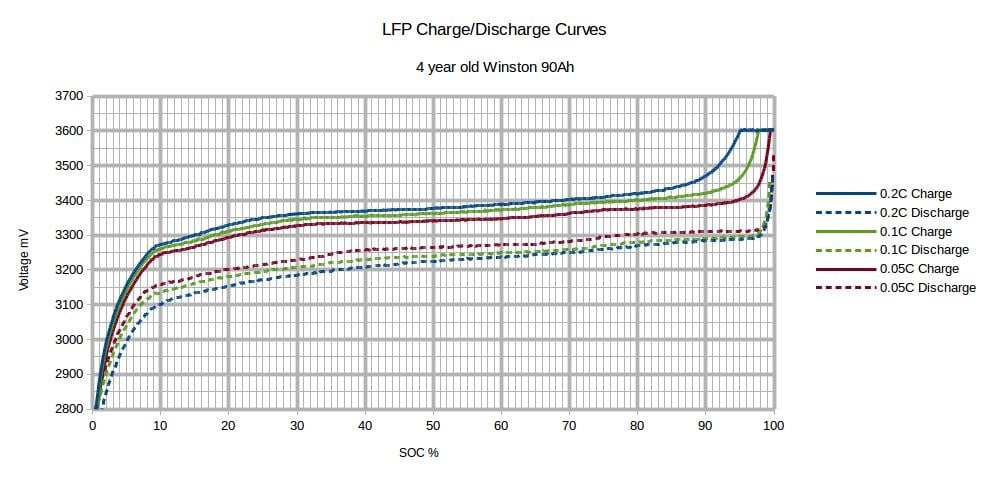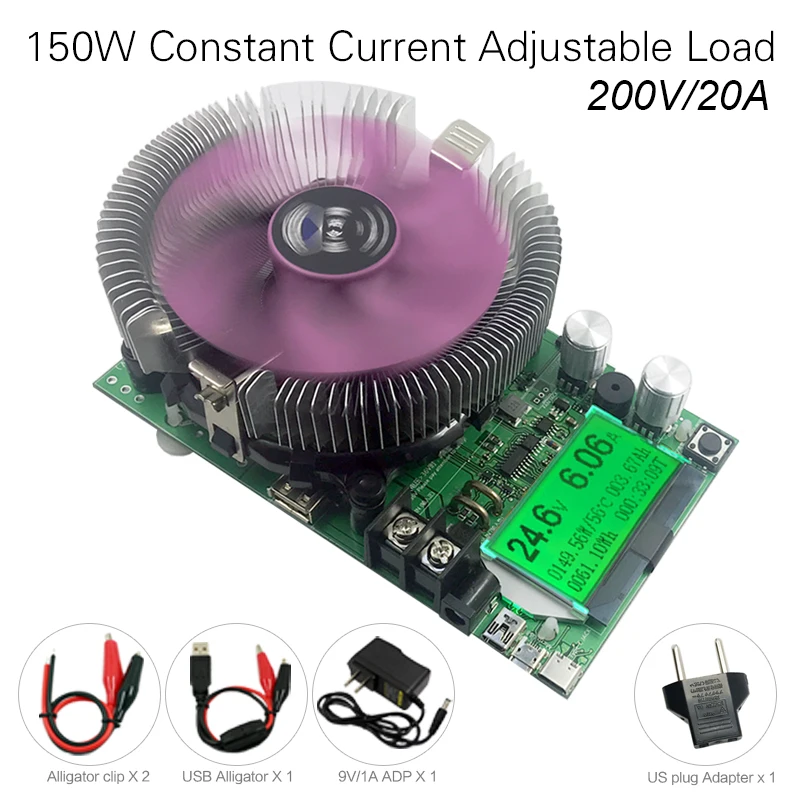@upnorthandpersonal
I have now 3 cells in parallel.
Even if I do top (or bottom) balancing as parallel set, there still might be a large difference between the 3?
Showing 2.5 volt don't have to be 2.5 volt?
One cell could be at 3volt, the other at 2..
To my understanding, if put in parallel, cells, batteries, no matter the chemistry, (e.g. lead acid or lifepo4 or lithium ion or... , Not mixed)
Parallel will balance the state of charge.
Preferably but not necessarily, they are the same size.
It can be a set build up by different AH, like 20, 50, 90, 150 and 280Ah.
This would make one "cell" (set) of 590Ah
Having different SOC will be equalised, like barrels of water, each with different capacity, but connected.
There might stay slightly different SOC, due to differences between the cells.
This can (most likely not) also happen with identical cells due to minor differences as no cell is exactly the same.
Putting 2 or more cells from totally different SOC in parallel is asking for "fireworks", the higher charged with charge the lower one at its C-rate.
(Probably higher, if you would make a short, the amps of 90Ah cell go close to 1850A).
Anyways, it charges the lower one, and the lower one discharge the higher SOC.
With bigger difference, your busbars and cells get warm (maybe even hot)
With huge difference...
I don't want to try

This is my knowledge I learned like "always" since I began playing around with rechargable Batteries.
If I have learned wrong, it's always good to learn new.
My accurate, or not so accurate 2 digit multimeter will atleast provide the same numbers. They might be "wrong", still the same.
One cell was on 3.30, not wiggle.
When I connected that one, it got warm for short time.
Not hot, but clearly doing something.
With now just 0.005 cell set difference at rest (after 10-15 minutes) (sometimes less) I would say that the method I used was really effective solution.
That they now have different voltage during charge, that is due to many variables, like the thickness of the busbars, screws used, maybe oxidation of the aluminium poles, etc etc etc.
And, it's not one long line, they are on top of eachother (in a rack), that's wires/cables between the layers, also have influence.
I'm gathering materials and equipment to melt my copper and make my own busbars for 5 cells in parallel.
(I've ordered 2 x 120Ah extra, 32*)
Sadly the 152Ah is no longer available.
Otherwise I would have chosen them.
The 120Ah from the same factory has the same housing, exactly the same size.
Being from the same factory and same size the pouches (if sealed) or layers will be the same. (Same internal resistance)
Weight is naturally different.
20A induction heating
Smarter Shopping, Better Living! Aliexpress.com

a.aliexpress.com
And 40*60mm crucibe
Smarter Shopping, Better Living! Aliexpress.com

a.aliexpress.com
Clay and sand make perfect molds.
With my new busbars, I'm sure the cell set difference will be as low as possible.
If you are sure that it is likely that my individual cells are out of balance, the only way to get them in balance is to lower the voltage as much as possible
(Till one set of the 16 reach 2.5v)
Disconnect all cells, and use the discharger
Smarter Shopping, Better Living! Aliexpress.com

a.aliexpress.com
To get all individual cells down to 2.50
(Discharger have also 2 digits)
They are supposed to be close to eachother, it should not take long for each cell to reach 2.50 volt.
48 X "not long" still is several hours..
Then re-asemble the parallel and series, and start charging.
In my situation I need sunlight to do this.
I have 27*330 watt panels, they can produce enough for our household.
At the moment I'm limited to max 4500watt charge, say 50A.
(We also use electricity)
(We removed the dead 16* 200Ah lead acid and their rack. The amount of space was enormous, so we decided to use this extra space for our bedroom and took down the wall.
As result, nothing is where it is going to be, output and usage is temporary limited till construction is finished.
It will be a nice sounds proof closet that holds the 3* MPPT Inverters, batteries, my network equipment and 2 NAS + 2 mining rigs for crypto.
Naturally with enough air ventilation and cool, filtered air from our (air-conditioned) bedroom.
This cool air is needed as we have regularly +40 degrees Celcius outside in the shade.
The mining rigs I have left over, and can make about 4 USD per day.
They are paid for, high end GPU, so..
If electricity is free, why not?

)
They make / mine (calculate) $120 each month, but use about 750w 24/7
(= The 32*120Ah extra)









